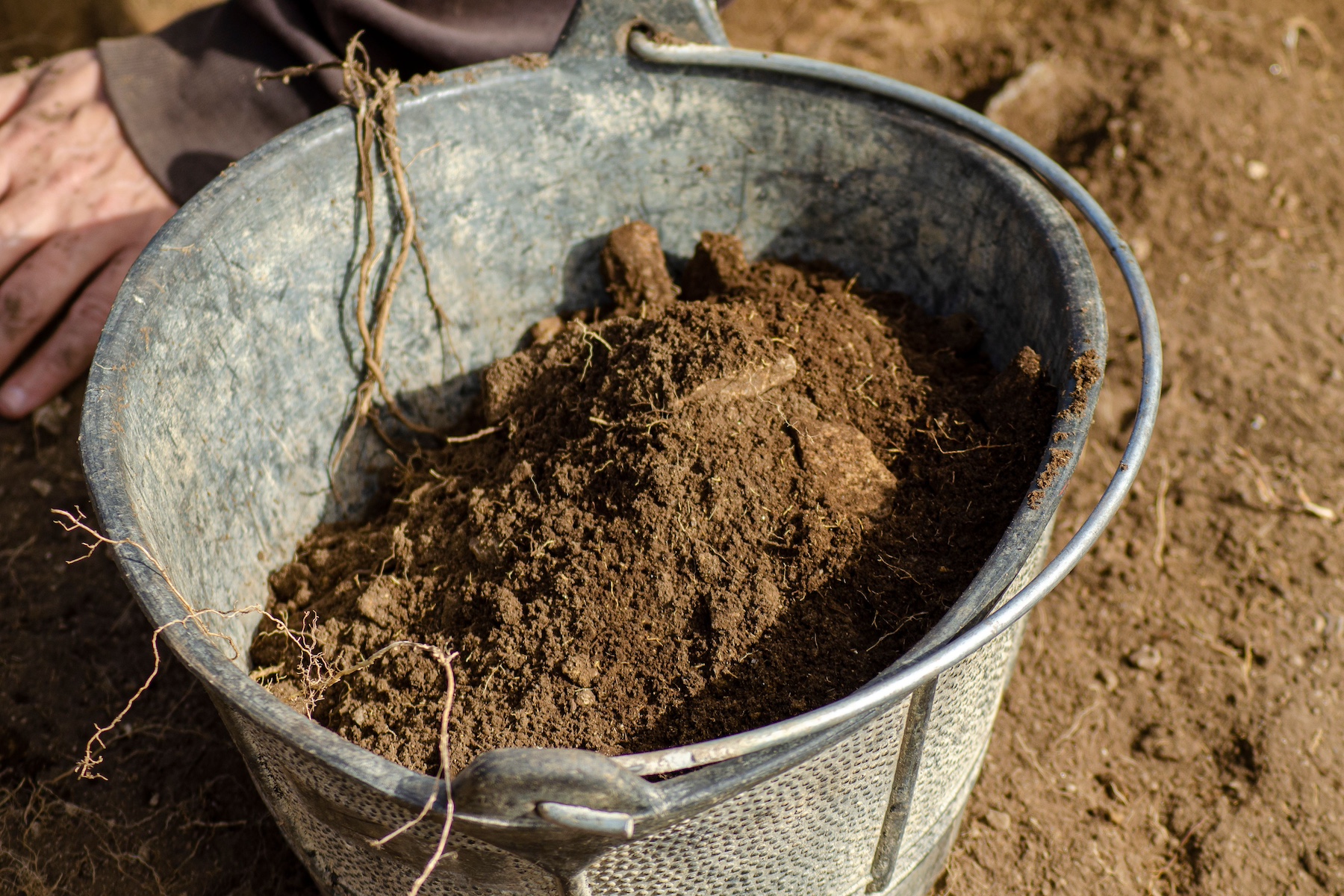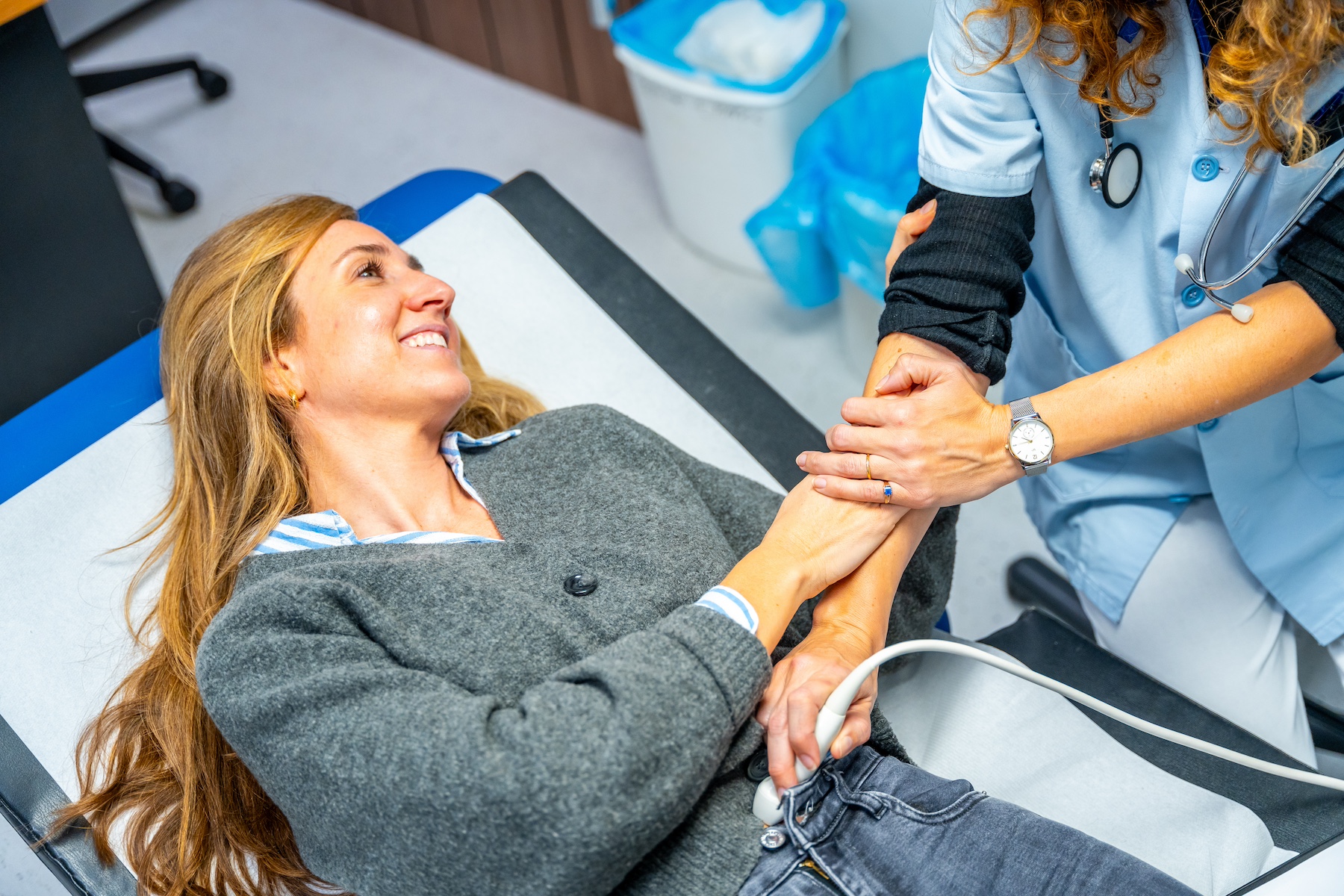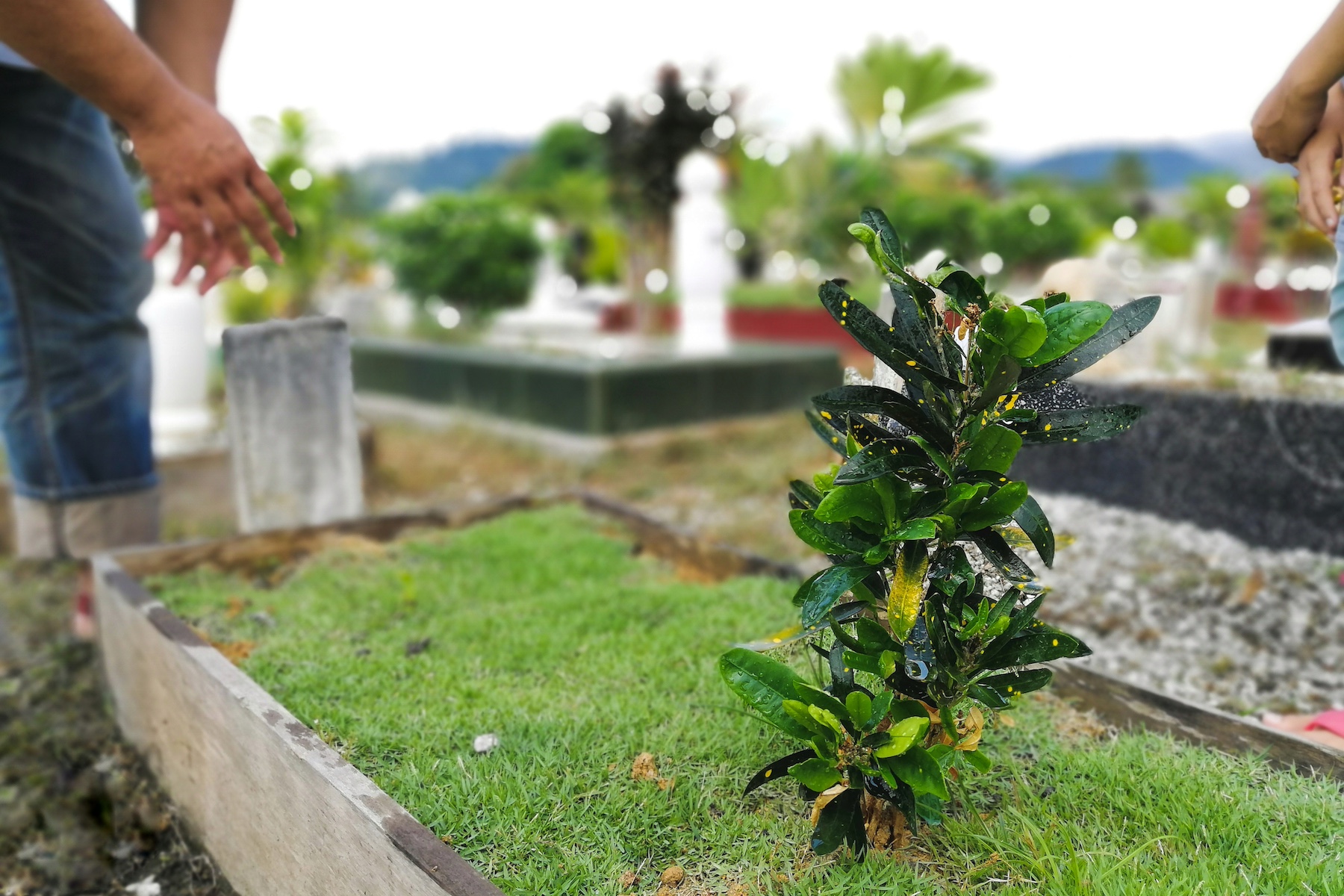When a person dies the body decomposition process begins almost immediately. Within a day there are noticeable changes like rigor mortis, and overtime the tissue will break down. To avoid decomposition issues, bodies are usually kept cold to slow down the process prior to cremation. But what if no one is present and a body isn’t discovered right after the death?
Whether it’s a day, week or year, a delay that leads to decomposition could influence disposition options. If the plan is to cremate, will decomposition pose a problem? Keep reading to learn more.
Cremation Depends on the Level of Decomposition
Only a small percentage of bodies go undiscovered after a death. It could be as simple as someone who lives alone dying of natural causes but no one stops by their house for a few days to discover what’s happened. Or someone could have gone missing years before during a hiking excursion.
When it comes to cremation, it’s going to depend on the body’s level of decomposition. Why? Because cremation itself is sort of like accelerated decomposition. At the end of the cremation process, all that remains are the bones of the deceased. That’s also true for natural decomposition if a body were left alone out in the elements.
That means in the later stages of decomposition cremation may not be possible simply because there isn’t anything to cremate. Around 50 days after the death, depending on the environmental conditions, all of the bodily tissue has decomposed and all the remains are the bones. When there is essentially only skeletal remains left there’s no way to cremate.
Up to the point of dry decomposition when there’s only bone left, cremation could be possible.
Receive Cremains Even Without Cremation
If a body is too decomposed for cremation there’s still a possibility that the family can receive cremains. Cremation is actually a two-step process. First the body is either put in a retort and incinerated or water cremation is used to liquify the tissue. At the end of either process just the bones remain.
The bones are then crushed up by a machine called a cremulator to generate the cremains, which is the second step for cremation. When only skeletal remains are left you may be able to find a funeral home that can carry out the second step with a cremulator to create cremains that can be kept, buried or scattered.
If the family isn’t interested in receiving cremated remains, then burial may be a better option. Just keep in mind that a burial will still cost the same amount regardless of the condition of the body.
At Direct Cremate we are able to handle unconventional cremations, including the cremation of a body that has begun the decomposition process. We are also able to work with the local medical examiner’s office to arrange transport as soon as any investigative work is complete.
Give us a call or text to discuss the details and if cremation is possible.



